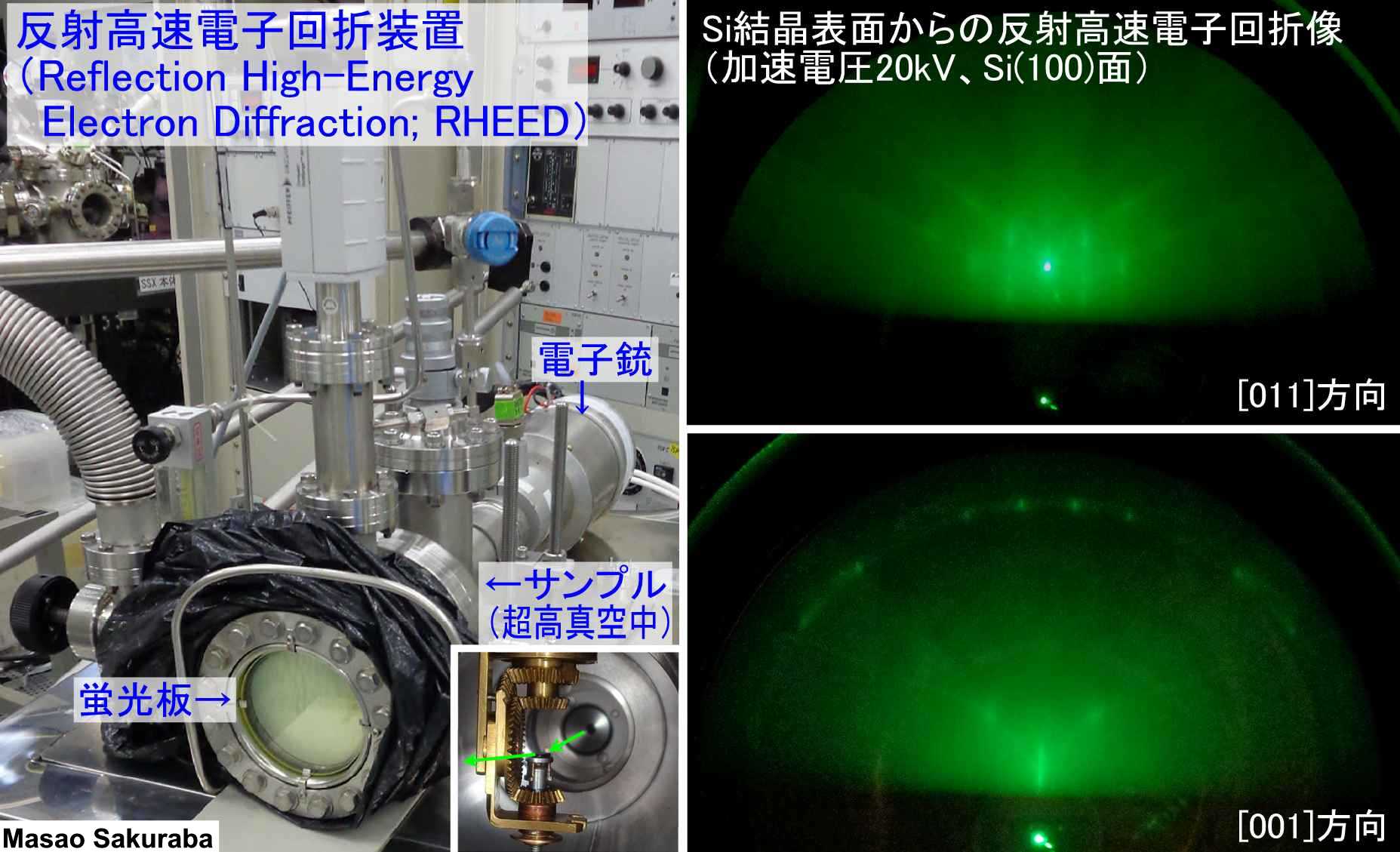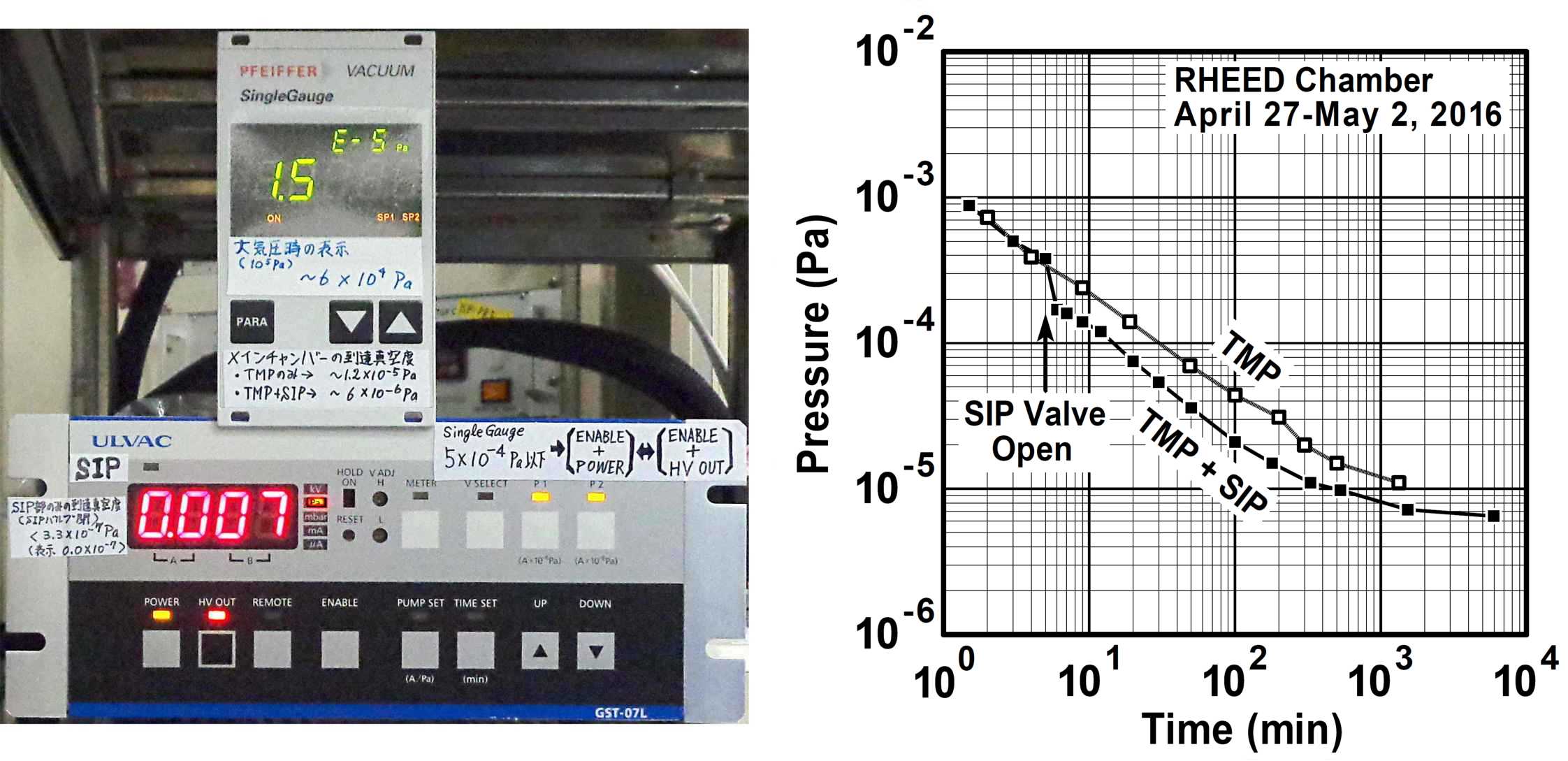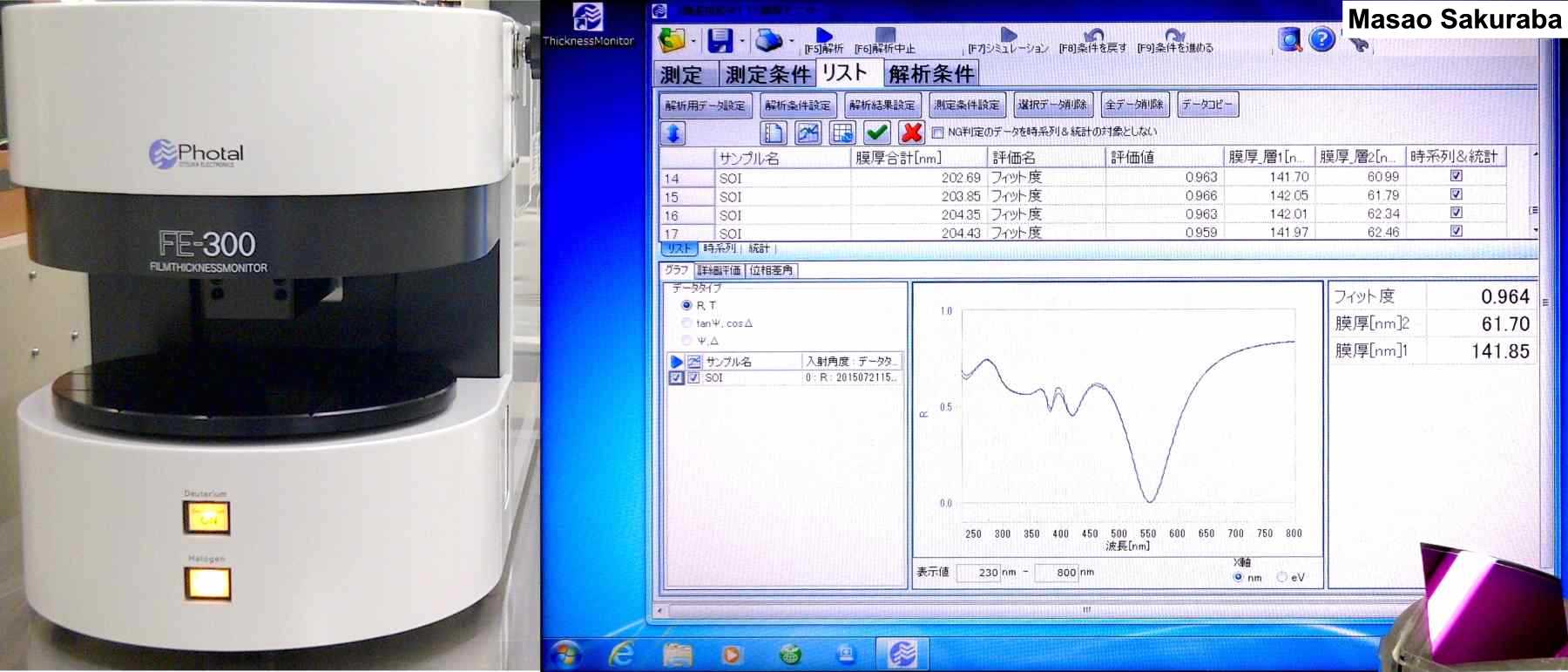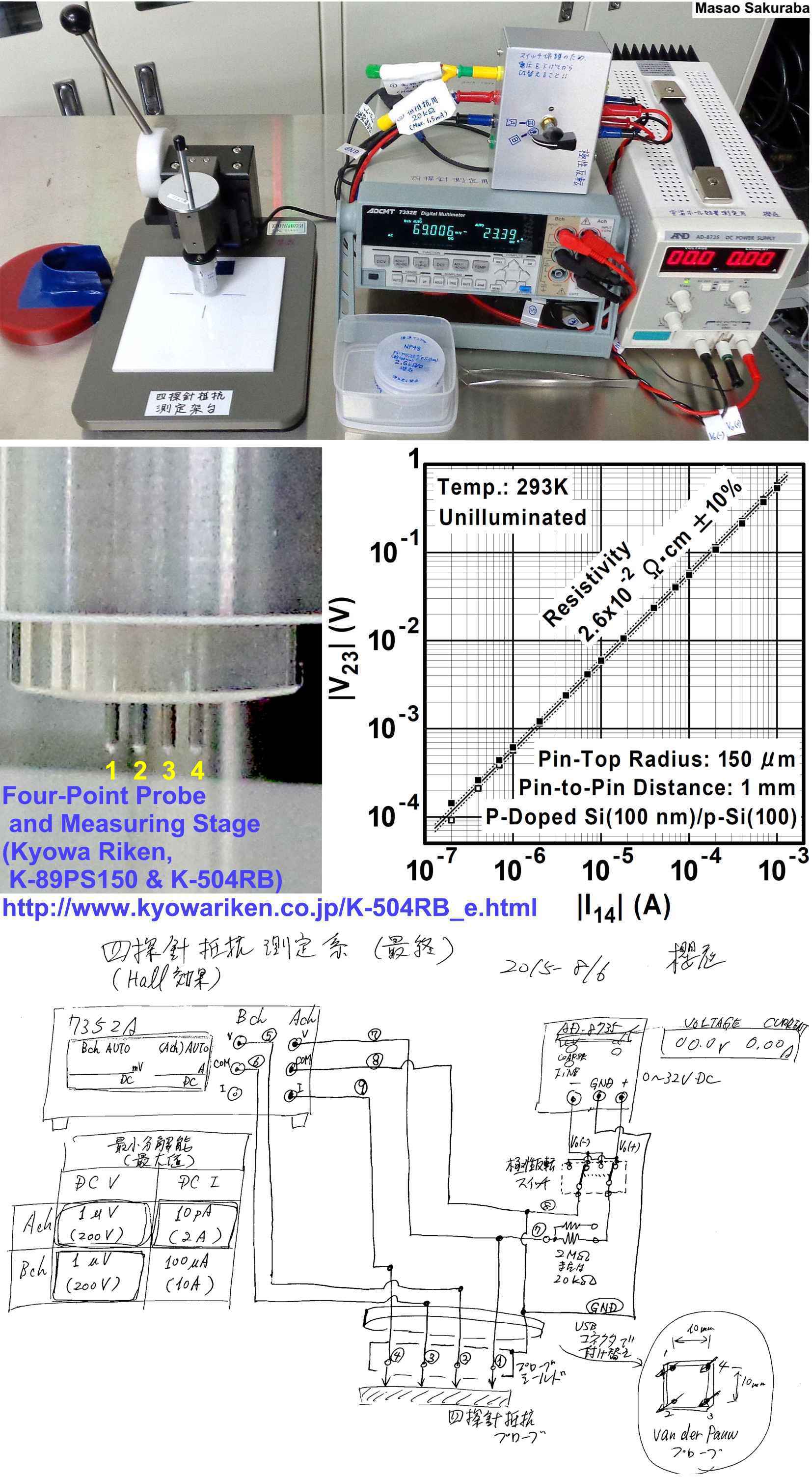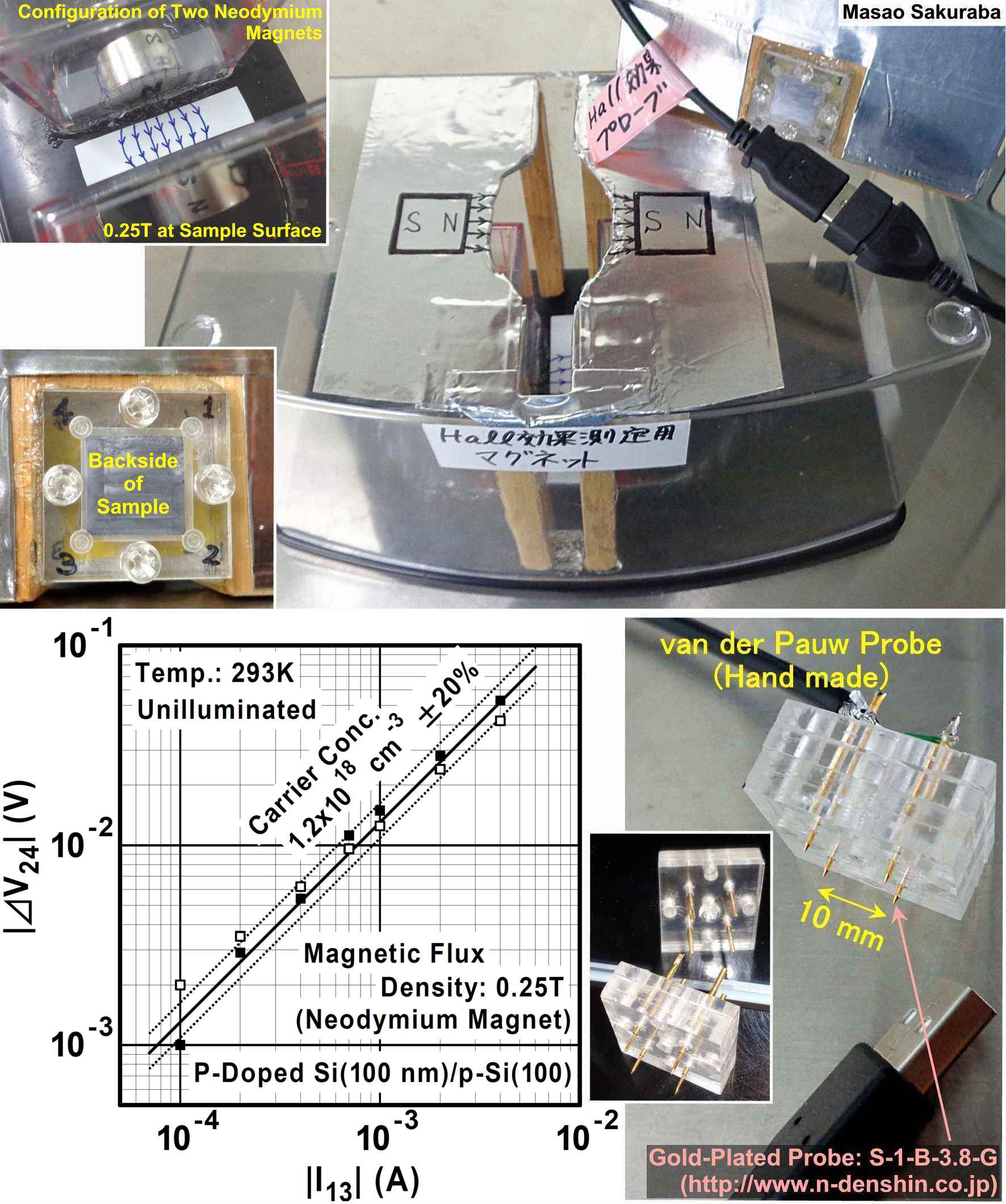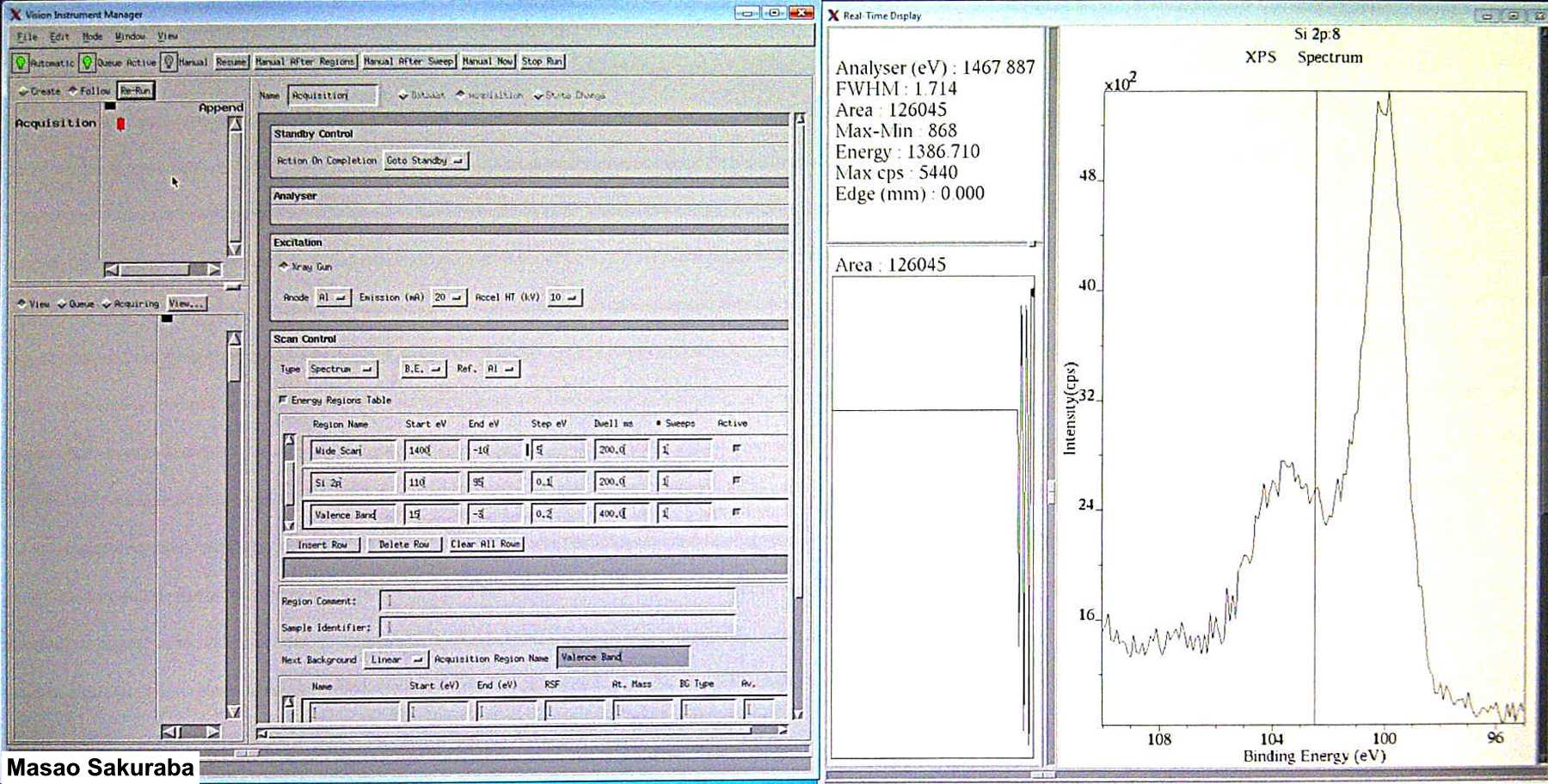Concept of "Virtual
Laboratory on Materials"
�h�ޗ����z�������h�\�z
2015�N7��20���@
�N�됭�v / Masao Sakuraba
���̊Ǘ����ɂ��镪�͋@��ɂ͔ėp����������̂������B���̒��ł����R�x�̍������̂��s�b�N�A�b�v�������X�g���ȉ��Ɏ����B�K�������Ő�[�̐��\�������̂���ł͂Ȃ����A�g�������H�v���邱�Ƃɂ�薢�m�̕��������������m��\�����߂Ă���B
�����̕��͋@�킪�����ɂ����Ď��ۂɖ������ʂ����ɂ́A�Ǘ��҂ɂ�����I�Ȏ��^�]�E�_���E�������K�{�ł���B���������ԕ��u�����ǂ̂悤�ȋ@�\�E
���\������ꂽ�̂���c���ł����A�ė����グ�ɂ����镔�i������I�[�o�[�z�[���ɑ��z�̔�p������������ċN�s�\�ɂȂ��肩�˂Ȃ��B
�܂��A�����̋@��
�̗L�p���ɂ��ẮA�����I�ɕ������Ă��Ă����ۂɂ͂��܂��ɕs���ȓ_�������B���̃|�e���V������T��A�ޗ��Ɋւ��関�m�̒m���������o���\����Nj���
��ԓx�͌l�I�ɂ͋ɂ߂ďd�v�ł���Ǝv���Ă���B
��L�̂悤�ȊǗ��҂Ƃ��Ă̗���ƍޗ����͕��@�̐V�K�J��̗���̗��ʂ���A�����̋@��𗘗p���������g�ɂ�镪�͑�����ł��������{���Ă���������
�v���Ă���B�����ŕ��͑��肷��T���v���͓���̂��̂Ɍ��肳���K�v�͂Ȃ��A�������҂̊�]������Ί�]�҂̃T���v��������Ď����g�����͑��肷��
���Ƃ��A�o���ɂƂ��đ傫�ȃ����b�g���o�Ă��邱�ƂɂȂ邾�낤�B
���̂悤�ȍl���Ɋ�Â��A�����Ɂh�ޗ����z�������h�\�z�𗧈Ă��A�����^�c�J�n���Ă���
���ƂƂ���B����͂����܂ʼn��z�I�Ȍ������ł���A�\�����͎���l�ł���̂ŁA���ׂĂ̔��f�͎���l�ɂ���đ��₩�ɂȂ����B
����͈�ʓI�Ɉ˗����͂ƌĂ����̂ɑ�������悤�Ɏv���邩������Ȃ����A�ʏ�̂���Ƒ傫���قȂ�_�͎����g�������g�̂��߂Ƀ{�����e�B�A�Ƃ���
�s�����̂ł����Ĕ�p���������Ȃ��_����������B
���������āA����\�ȃT���v�����⑪�莞���ɂ��ẮA�����g�̐��_�I�E���ԓI�E�����I�ȗ]�T��
���u�^�p��̓s���ɒ��ړI���������̂ł���B������A�]�����͌��ʂ̔[���₻�̓��e�̐M�����̕ۏȂǂɊւ��āA��̂��Ƃ�ł��Ȃ����Ƃ���
�O��ƂȂ�B
���̂悤�ɑ����̐����݂��Ȃ�����A�˗����鑤�̃����b�g�Ƃ��ă^�C�~���O���������Ζ����ŗL�v�ȃf�[�^���l���ł���\��������̂ŁA���܂�ߑ��
���҂����߂��邱�ƂȂ��A�܂��͋C�y�Ɉ˗����Ă݂�̂��ǂ��ł��낤�B�����āA����Ɋւ��o���͎����g�̃X�L���A�b�v�ɂ��Ȃ���A����̎��̌����W�J
�𑣐i����\�����o�Ă���Ɗ��҂�����̂ł���B
Many of the analysis equipments which are under my management can be
used for multi-purpose. A list of such equipments with relatively high
degree of freedom is shown below. They do not always have the most
advanced performance. But they have a potential to explore and unveil
unknown physical properties of materials by devising how to use.
For these analysis equipments to play an important role actually in
research, daily test run, check and adjustment by an administrator are
indispensable. If they were not cared for long period, we could not
know what kinds of functions and performance were lost, and I would
need a huge cost to fix them by replacement of parts and overhaul for
restart. In the worst case, they can never run forever.
Concerning
utility of these equipments, even if it has been clarified
theoretically, there are still a lot of unclear points actually. I
think that it is very important to have an attitude to try to explore
unknown potential and pursue a possibility to get unknown knowledge
about materials.
From both of the viewpoints as an administrator and as a pioneer on
material analysis method like the above, I would like to measure and
evaluate as much as possible by myself by using these equipments. Here,
the samples to be evaluated does not have to be limited to something
specific. If someone requests me, I will receive their samples and try
to evaluate them by myself. There seems to be a merit for both.
Based on this
idea, I have begun to draft the plan and manage "Virtual Laboratory on
Materials". This is just a virtual research laboratory and I am the
only member. Therefore, all dicision will be made immediately by me.
This may seem to be equivalent to a generally called "requested analysis".
But, a different point is that I do it by myself as a volunteer
and that a cost does not occur therby. Therefore, conditions (e.g.
acceptable number of samples and measurement period) will be strongly
restricted by my mental/time/financial allowance and by convenience on
the practical use of equipments.
From these things, it should be a
major premise that everything cannot be promised about a due date,
guarantee of the reliability of the results and so on.
Although such many restrictions exist, as a merit at the client side,
there is a possibility that a client can get useful data for free of
charge if the timing is right. It would be better to request casually
first without so excessive expectation. Finally, the above experience
leads me to my own skill-up, and I expect that this might become an
important step to exploration for my future research.
�ėp���͋@��̃��X�g
| No.01 | ���ˍ����d�q��ܑ��u�@Reflection High-Energy Electron Diffraction (RHEED) | �ғ��� |
| No.02 | �t�[���G�ϊ��ԊO�z���������u�@Fourier-Transform Infra-Red Absorption Spectroscopy (FTIR) | �ғ��� |
| No.03 | ���˕��������v�@Reflective Film Thickness Monitor | �ғ��� |
| No.04 | �l�T�j��R����V�X�e���@Four-Point-Probe Resistivity Measurement System (4PP) | �ғ��� |
| No.05 | Hall���ʑ���V�X�e���@Hall Effect Measurement System | �ғ��� |
| No.06 | X�����d�q�������u�@X-Ray Photoelectron
Spectroscopy (XPS) |
������ |
| No.07 | ���q�ԗ͌������@Atomic-Force Microscope (AFM) | ������ |
| ���u�ԍ� | No.02 |
| ���u�� | �ғ��� |
| ���� | �t�[���G�ϊ��ԊO�z���������u�@Fourier-Transform
Infra-Red Absorption Spectroscopy (FTIR) |
| �^���E�\���E������ЂȂ� | Nicolet iS5 FT-IR + iD1 (Transmission Accessory) + iD5 (ATR Accessory, Ge Prism) (Thermo Scientific) |
| ���u �T�v | �T�� �v���ˁE���߂����ԊO�����x�����肷�邱�Ƃɂ�����A�e�g���������ƂɃT���v�����̌��q�E���q�ɂ���ċz�������ʂ𑪒肷�鑕�u�B |
| ���� �_ | �z�� ���ꂽ�g�������͂������̌��q�̐U���G�l���M�[�ɕϊ����ꂽ���̂ƍl���A�ߋ��̃f�[�^�x�[�X���Q�Ƃ��邱�Ƃɂ���āA���q�₻�̔z��\���̐��肪�\�� �Ȃ�ꍇ������B |
| ���u �̓��� | Ge
�������v���Y���Ƃ��������S����(Attenuated Total Reflection
(ATR))�@�Ɠ��ߖ@�̂����ꂩ��I���\�B����\�g���͈͂�600�`4000 cm-1(Ge�v���Y��ATR�@)�A���邢
�́A400�`4000 cm-1(���ߖ@)�B |
| ���� �_ | ���f �I�[���ꂽSi��Ge�ɋN������ƍl������z�����ϑ����ꂽ���т�����B�������Ȃ���A��C���ŕώ�����\�����l������K�v������B |
| ���� �� |
| ���u�ԍ� | No.07 |
| ���u�� | ������ |
| ���� | ���q�ԗ͌������@Atomic-Force Microscope (AFM) |
| �^���E�\���E������ЂȂ� | Nanopics1000 (SII) |
| ���u �T�v | ���� �\�ʂ��T�j���������Ȃ���e�_�̍����𑪒肵�A3�����`��̊ϑ����i ���E�\�ʑe���̌v�����s�����u�B |
| ���� �_ | �i �m���[�g���I�[�_�̔����i���̑��肪�\�B |
| ���u �̓��� | ����
���@�͍ő�30mm�p�A����5mm�܂ŁB���Ȍ��o�^�J���`���o�[�B���U�@�\�����B |
| ���� �_ | ���� ����\��0.5nm���x�B |
| ���� �� |
